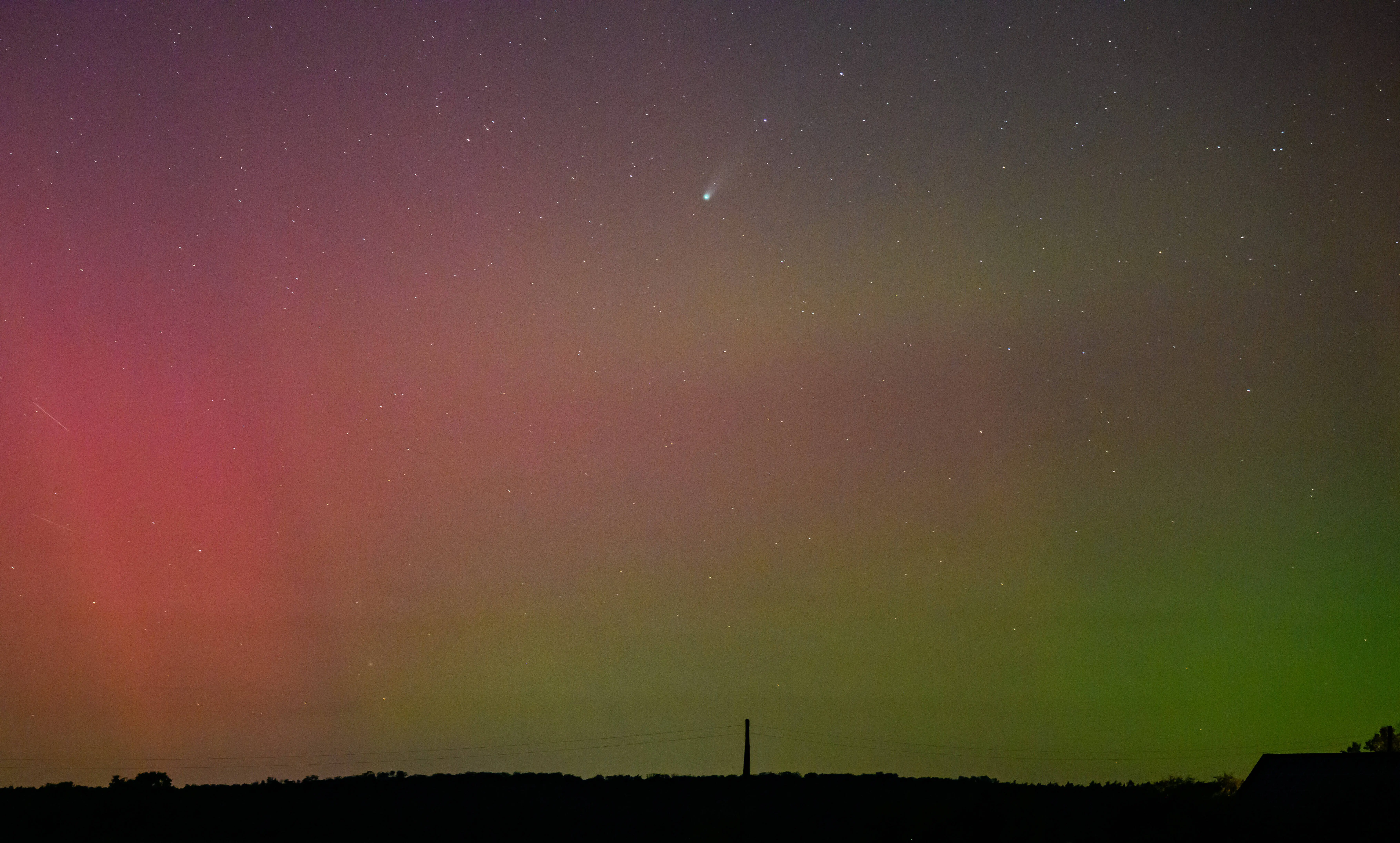What is the aurora borealis phenomenon? Details explored as Northern Lights expected to be seen in 21 states across USA
-
 Aurora Borealis Set to Dazzle Skies Across 21 U.S. States Amid Strong Solar Storm (Photo by Patrick Pleul/picture alliance via Getty Images)
Aurora Borealis Set to Dazzle Skies Across 21 U.S. States Amid Strong Solar Storm (Photo by Patrick Pleul/picture alliance via Getty Images)A strong solar storm is likely to trigger one of the biggest aurora borealis shows in recent months. Starting Tuesday night, November 11, and lasting into the early hours of Wednesday, November 12, the Northern Lights may light up the skies in 21 U.S. states.
The National Oceanic and Atmospheric Administration (NOAA) has shared its newest aurora forecast map. It demonstrates that the residents of most regions in the North and Central U.S. were able to witness this natural beauty spectacle.
According to NOAA, the optimal periods to one can view the aurora are 6 p.m. to 6 a.m. Central Time. The aurora borealis occurs when particles of solar plasma strike the Earth's atmosphere near its magnetic poles. The National Weather Service states that this collision creates bright colors, such as green, pink or purple, that light up the night sky.
The NOAA Space Weather Prediction Center explained that the event is linked to increased geomagnetic activity caused by a solar storm approaching Earth. The center predicts minor to moderate storms in the evening, with activity strengthening later on. States where the aurora might be easiest to see include:
- Alaska
- Idaho
- Illinois
- Indiana
- Iowa
- Maine
- Massachusetts
- Michigan
- Minnesota
- Montana
- Nebraska
- New Hampshire
- New York
- North Dakota
- Ohio
- Pennsylvania
- South Dakota
- Vermont
- Wyoming
- Washington
- Wisconsin
How to get the best view of the Northern Lights tonight?
The Northern Hemisphere aurora forecast published by the U.K. Met Office agrees with this prediction. NOAA and experts in space weather recommend some viewing tips. You’ll get the best view in open, north-facing locations far from city lights with a clear sky. They also suggest giving your eyes around 30 minutes in the dark to adjust, which can help you see better.
A smartphone camera can help you spot faint auroras even before they become visible to your eyes. NOAA advises, “Use your phone camera to scan the sky as the camera is great at picking up faint auroras before your eyes spot them.” They also suggest dressing warmly and staying patient, as auroras can change in brightness and timing throughout the night.
TOPICS: Aurora Borealis